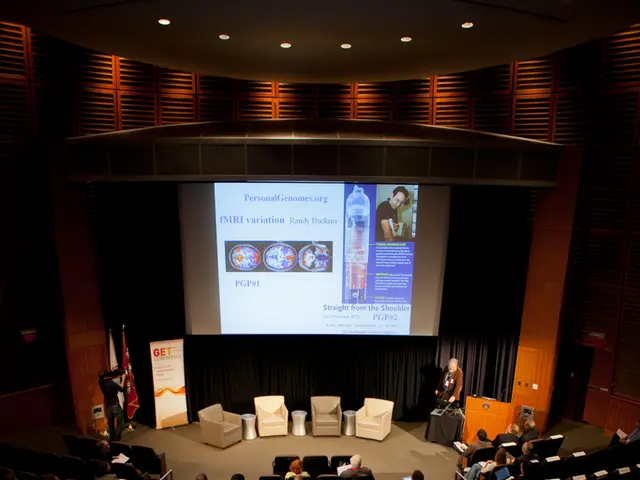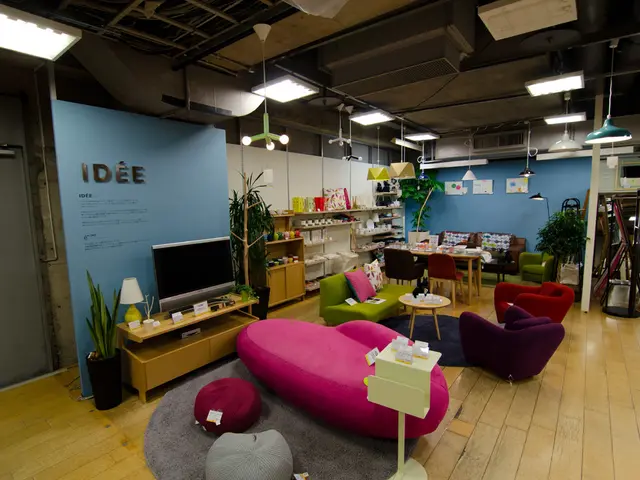Sustainable Methods for Handmade Creations that Promote a Slower Pace of Life
In the realm of crafting, going green has become more than just a trend—it's a movement towards environmental responsibility. Here are some practical tips to help you make sustainable choices and contribute to this growing movement.
Firstly, setting up shared cloud drives with your crafting friends can pool purchased templates and tutorials, promoting resource efficiency, reducing waste.
When it comes to colours, think beyond synthetic dyes. Boiling materials like onion skins, avocado pits, or turmeric with water can create beautiful eco-friendly dyes for fabrics. Natural dyes, extracted from plant-based materials, offer a sustainable alternative.
The demand for eco-friendly materials for creative handicrafts is on the rise, and the next country significantly expanding the production of organically certified cotton and hemp textiles is not explicitly mentioned in the available search results. However, organic cotton with GOTS certification, hemp fabrics, bamboo, and cork are excellent sustainable choices.
Organizing virtual pattern swaps with fellow crafters, within licensing terms, can also help reduce paper waste. Digital patterns eliminate paper waste, reduce physical storage needs, and can be reused indefinitely.
Working with natural materials, hand tools, and repurposed supplies often produces more unique and personal results than conventional methods. Transform glass jars into storage containers and decorative items, convert old clothing into fabric scraps for quilting, and use cardboard boxes for structural projects.
Making your crafting space more energy-efficient is another important step. Position it near windows to maximise natural light, schedule detailed work during daylight hours, and choose hand tools over electric alternatives. Opt for manual hole punches, hand drills, and push-style staplers whenever possible.
Zero-waste crafting involves strategically planning projects to use every scrap of material, eliminating waste entirely. Print templates on recycled paper or use the reverse side of previously printed documents. Download patterns only when ready to start a project to prevent unnecessary printing.
Every sustainable choice made contributes to a larger movement towards environmental responsibility in the crafting community. Shifting towards environmentally responsible crafting practices leads to more meaningful and satisfying creative experiences. Choose suppliers who offer organic, recycled, or renewable materials and demonstrate commitment to environmental responsibility through transparent business practices.
By starting small and choosing one or two approaches that resonate most with current projects, you can make a significant difference. From repurposing kitchen containers to embracing natural dyes, each step brings us closer to a greener, more sustainable future for crafting.
Read also:
- Budget cuts at federal and state levels jeopardize advancements in fighting HIV and AIDS within Dallas County
- Strategies for Maintaining and Boosting Physical Activity as You Grow Older
- Understanding Prediabetes: A Precursory Condition to Diabetes
- Strategies for Strengthening a Nigerian Infant's Immune System







